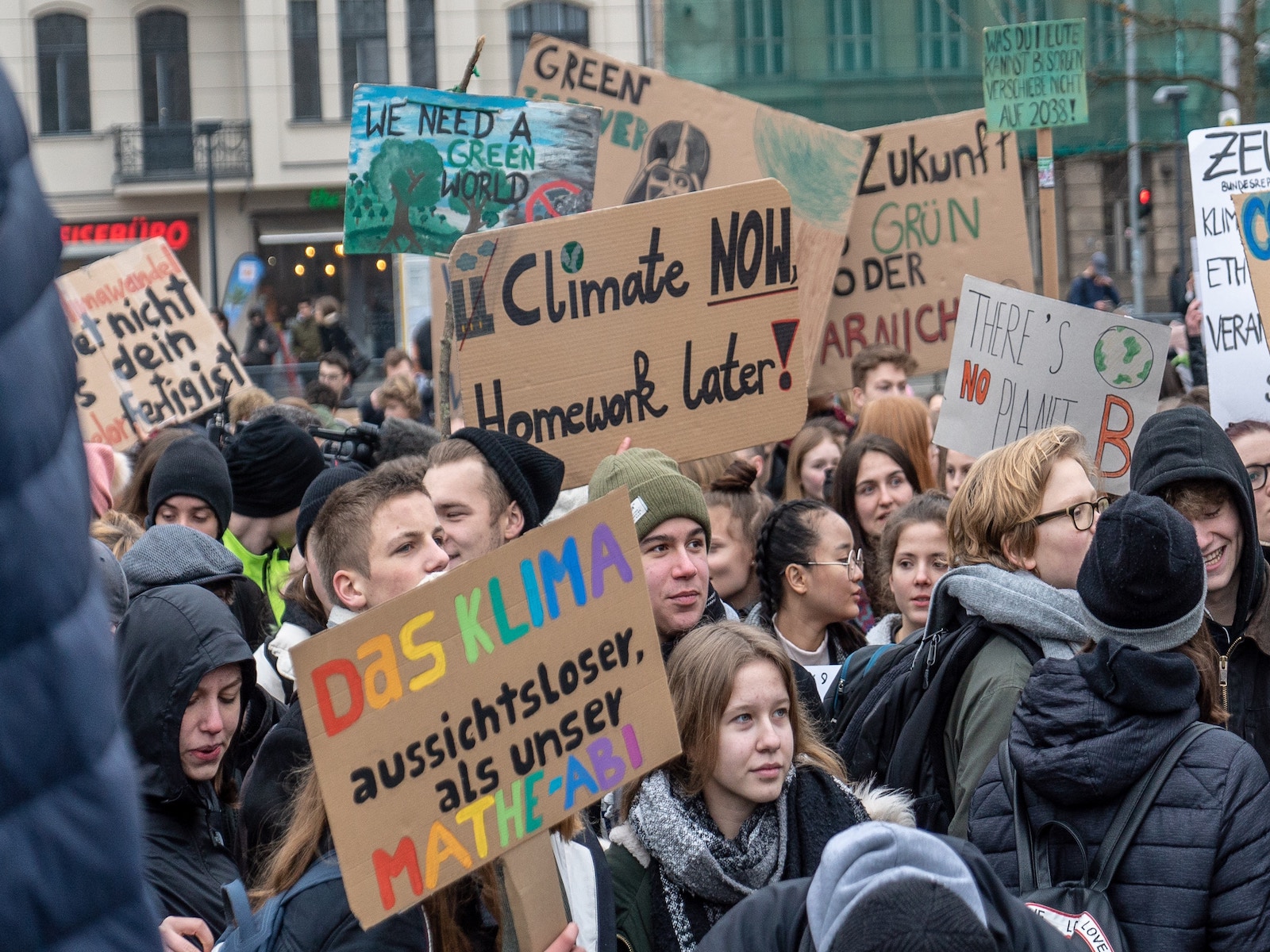As world leaders gather in Brazil for COP30, the future of the world’s forests – and the financial mechanisms to protect them – once again takes center stage. The Tropical Forests Forever Facility (TFFF) aims to channel resources into forest protection while unlocking economic returns through carbon markets and sustainable investments. Yet, for Prof. Riccardo Valentini, one of the world leading experts on forest–climate interactions and among the funders of CMCC, this promise will only become real if nations move beyond declarations and into action.
Beyond deforestation: Building forest resilience
Past efforts to create global funds to protect forests have focused mainly on halting deforestation, which today already accounts for over 10% of global emissions. Valentini argues that this time, the conversation must shift toward improving the health and resilience of forests – ensuring they continue to deliver vital ecosystem services such as biodiversity protection, soil fertility, and water regulation.
“We need to maintain forest integrity – improving biodiversity, soil fertility, and the health of ecosystems,” he explains. “Healthy forests not only store more carbon but also sustain life and livelihoods.”
Science as the foundation of trust
In this context, accurate measurement of carbon absorption by forests remains a key challenge – and a potential source of “greenwashing” if not properly addressed. Valentini underlines the crucial role of science in making carbon finance credible.
“Science plays a crucial role in ensuring credibility. We need accurate, transparent ways to measure carbon absorption, and CMCC for example is one of the leaders in this field.” The CMCC Integration of the planetary biogeochemical and industrial carbon cycle Program develops advanced modeling and observation systems – combining satellite data, artificial intelligence, and field measurements – to quantify how much carbon forests actually absorb.
“We often take for granted that forests and, more broadly, the terrestrial biosphere act as a carbon sink. And it’s true: today, we know that about 30% of global emissions are reabsorbed by vegetation – a silent, essential service provided by the world’s forests, grasslands, and ecosystems. But that number isn’t fixed,” says Valentini. “If we manage these systems poorly, it could drop to 10%; if we act wisely, through reforestation or better forest management, it could rise to 40 or even 50%. That’s why continuous monitoring is crucial: our future depends on how well we understand and care for this vital ally – the terrestrial biosphere – which supports us, but not unconditionally.”
Technology to navigate the uncertainties of change
Changes in global policy, climate variability and extreme events such as wildfires make forest carbon uptake unpredictable. Valentini points to emerging digital tools as key to understanding and managing this uncertainty.
“We are in the era of digital observation and predictive modeling,” he says. “These innovations can give governments the confidence to base policies on real, verifiable data.” Such technologies, from high-resolution Earth observation to machine learning, are transforming how scientists and policymakers monitor carbon flows and design climate strategies.
Rethinking agriculture: The hidden driver of deforestation
Behind tropical deforestation often lies an unsustainable agricultural model that rapidly degrades land and biodiversity. “In many major forest nations, deforestation is tightly linked to unsustainable agricultural practices,” says Valentini. “Too often, forests are cleared for short-term production on poor soils, leading to rapid degradation, pollution, and loss of biodiversity. Within just a few years, these lands become unproductive.”
Valentini calls for a model shift, with investment in sustainable and regenerative agriculture, that meets production needs without destroying forests and the ecosystems that sustain them. As an example, in Europe, the new Carbon Farming Regulation, approved in November 2024 under the framework of the European Green Deal, marks a major step forward – recognizing for the first time that CO₂ can be sequestered in agricultural and forest systems to achieve the EU’s 2050 carbon neutrality goal, while opening new opportunities for farmers and landowners through carbon markets.
“One key challenge for tropical forests is creating real alternatives to the deforestation economy – investing in modern agricultural technologies that reduce the need to clear land,” says Valentini. “For example, hydroponic systems could allow food production with minimal soil use, especially in tropical regions where water is abundant and growing cycles can run year-round. Developing countries shouldn’t just inherit outdated tools from more developed countries; they should have access to cutting-edge technologies that make sustainable agriculture truly possible. Hopefully, the new fund will include this technological component.”






